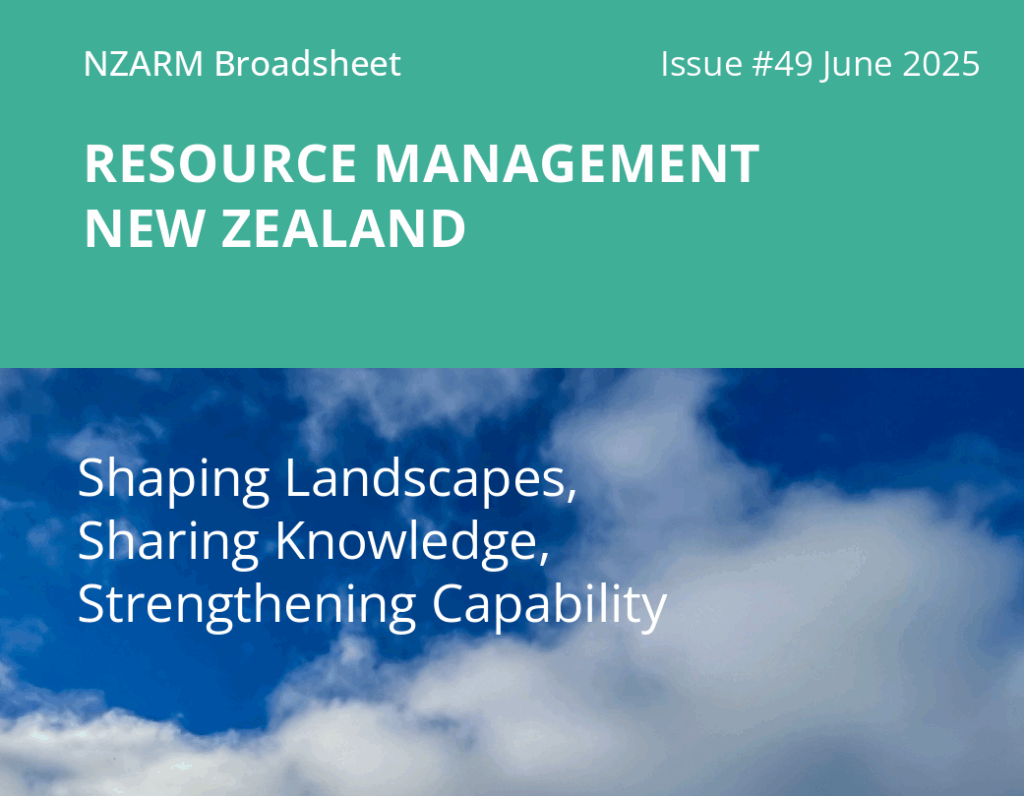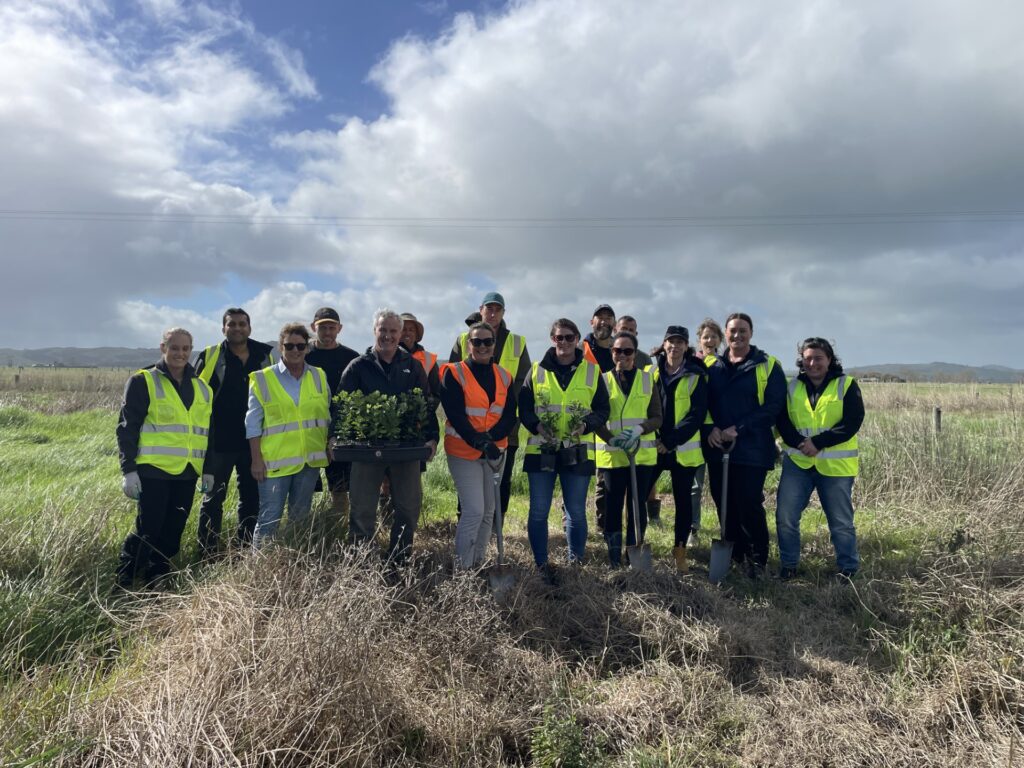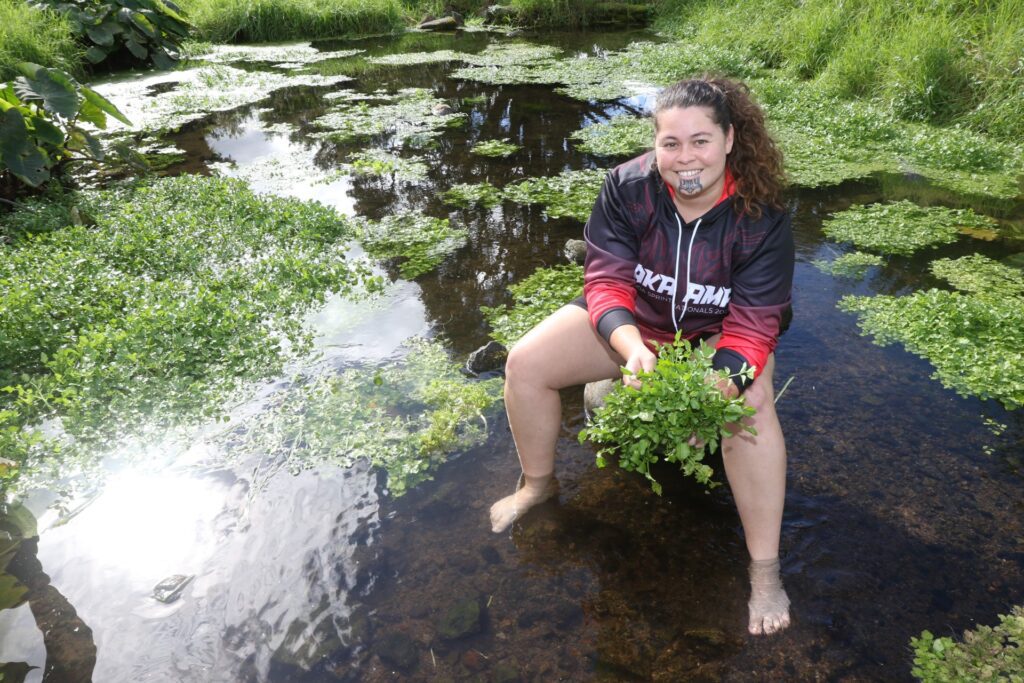

Taupaki Primary boosting the environment
Year eight students at Taupaki Primary School are playing their part in protecting the Kaipara Harbour by planting native trees at the West Auckland School.
With the help of Kaipara Moana Remediation (KMR) Field Advisor Shona Oliver, teachers and parents, they have planted 450 native trees in a wetland behind the school.
“What they have done is quite significant as the area is a habitat for pekapeka (bats) and matuku-hūrepo (bitterns), so the more forest cover we can provide in areas where these species live, provides them a larger habitat to thrive in,” says Shona.
“And of course, as is the kaupapa of the KMR programme, we are all working together to improve water quality in waterways and wetlands flowing into the Kaipara Moana. The more planting of natives we do in these areas helps reduce sedimentation and siltation flowing into the Kaipara and that will improve the mauri of the Moana over time.”
The Kaipara Moana is the largest harbour in the Southern Hemisphere and home to rare and threatened species and habitats. The harbour has major economic value as the breeding ground for New Zealand’s snapper fishery, however, high sediment levels have put this at risk.
In fact, in October 2020, the Ministry for the Environment, Kaipara Uri (Ngā Maunga Whakahii o Kaipara, Te Rūnanga o Ngāti Whātua, Te Uri o Hau), Northland Regional Council and Auckland Council signed a Memorandum of Understanding to jointly protect and restore the mauri of the Kaipara Moana.
Taupaki Primary School Deputy Principal Mary Fursdon says it is pleasing to be part of KMR’s multi-year programme investing in projects with the long-term aim of halving sediment flows into the Kaipara Moana. As a Jobs for Nature investment, KMR also supports local, nature-based employment, training, and accreditation.
Mary says Taupaki School is a semi-rural school on the outskirts of West Auckland and the community values the outdoors and conservation of the local area, with many students helping their parents with planting natives on their own properties.
“The opportunity to work together with KMR on this wetland planting project gives our students an understanding of the bigger environmental picture, of how ecosystems work together and how they can make a difference,” says Mary.
“The students are also part of an active garden club growing vegetables and flowers that the students like to pick for small gifts. The students who help with the gardening then get to cook using the produce, a bit like the story of the Little Red Hen – if you do the work, you get the goodies.
“The school also has a composting system, paper recycling and worm farm. Students have been involved in designing tracking tunnels and placing traps in key areas. This noticeably reduced the rat population.”
The Taupaki Primary planting day is one of many planned to improve waterway quality and reduce sediment flows into the Kaipara Moana with the support of Auckland Council.
Kaipara Moana leader Justine Daw says as Aotearoa’s largest harbour restoration programme, genuine partnership is key to the success of the KMR project throughout the 6,000km2 Kaipara Moana catchment spanning both Auckland and Northland regions.
“We are doing a lot of remediation work around waterways and wetlands in the Auckland region which flow into the Kaipara Moana,” says Justine.
“Although we are a relatively new programme, KMR celebrated our millionth tree this winter, and we are on our way to planting the next million. We wouldn’t be making such excellent progress in reducing sediment flows into the Kaipara Moana without the support of Auckland Council.”
“We are already supporting more than a third of the landowners in the catchment to protect waterways, strengthen flood resilience, and increase local habitats and biodiversity,” says Justine.
“We are shortly to offer new funding for landowners who want to retire and plant on erosion-prone hillsides. This is part of our ongoing support for landowners affected by Cyclone Gabrielle and other adverse weather events.”
For more information, or to ask about KMR’s new funding available to retire and plant on erosion-prone hillsides, email hono@kmr.org.nz.
Latest News


Latest News and Events
Dual benefits for growers with native planting
